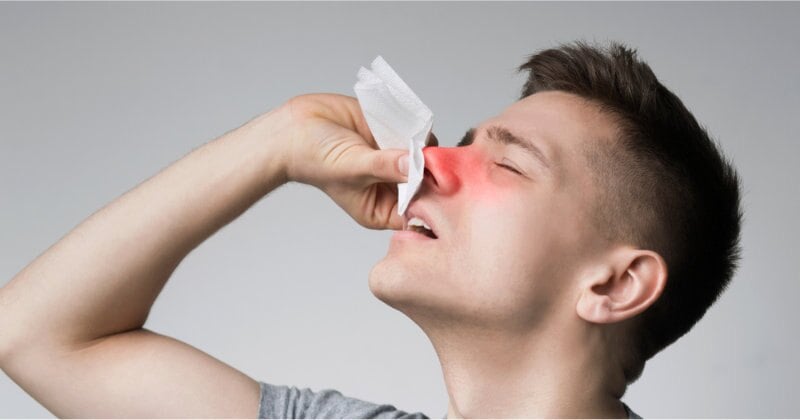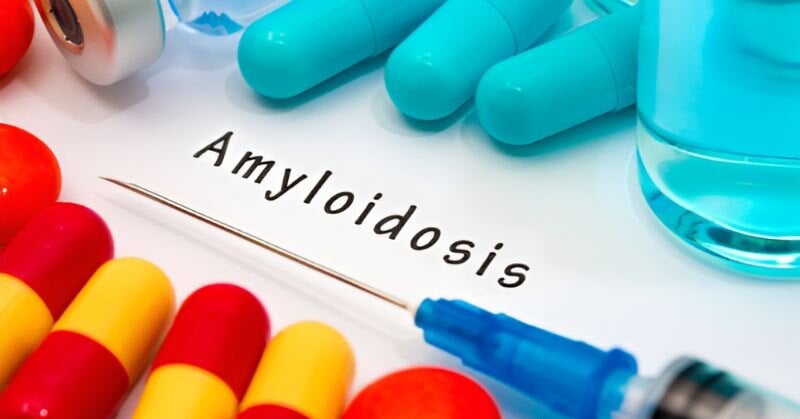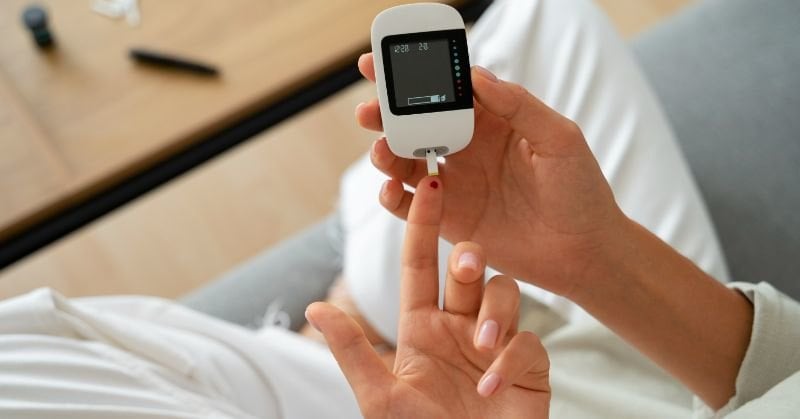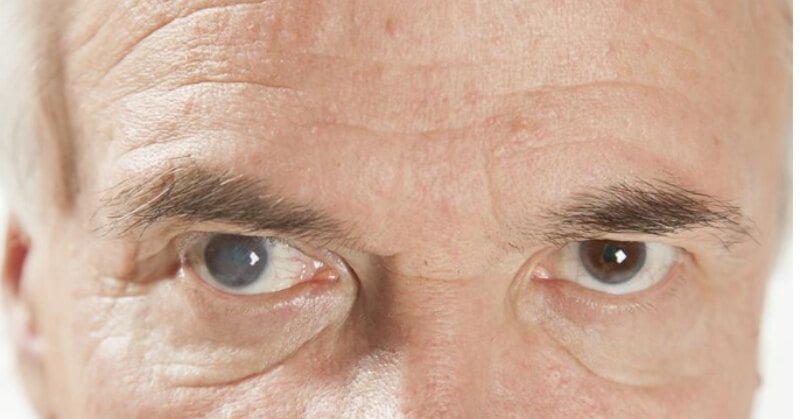By the time most people reach age 65, their tear glands are less productive, making dry, gritty eyes a frequent complaint. It's estimated that nearly one in three adults older than 65 struggle with dry eye disease. Dry eyes can significantly impact daily life, causing discomfort and sometimes interfering with vision.
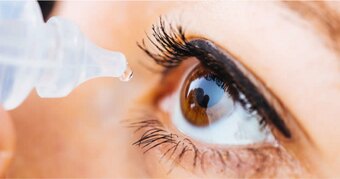
Dry eye disease can manifest in several ways, including:
A Stinging or Burning Sensation: This is often the primary complaint, making eyes feel irritated and uncomfortable.
Redness: Eyes may appear more red due to irritation.
Sensitivity to Light: Increased discomfort in bright environments is a common symptom.
Watery Eyes: Ironically, dry eyes can trigger excessive tearing as a response to the irritation.
Blurred Vision: Fluctuations in vision can occur, impacting daily activities like reading or driving.
Feeling of Something in the Eye: This sensation can be persistent and bothersome.
The causes of dry eyes are diverse, often correlating with age-related changes:
Decreased Tear Production: With age, tear glands may produce fewer tears, a condition known as keratoconjunctivitis sicca.
Medication Side Effects: Certain medications, such as antihistamines, decongestants, and blood pressure medications, can contribute to dry eyes.
Environmental Factors: Exposure to wind, dry air, and prolonged screen time can exacerbate symptoms.
Health Conditions: Other health issues, including diabetes, rheumatoid arthritis, and thyroid problems, are known to influence dry eye syndrome.
Eyelid Problems: Incomplete closure of the eyelids during sleep or blinking can lead to dry eyes.
Treatment of Dry Eye Disease
1. Artificial Tears:
For mild cases, over-the-counter artificial tears can provide significant relief. These lubricating eye drops help to moisten the eyes and replace natural tear fluid.
2. Prescription Eye Drops:
In more severe cases, doctors may prescribe eye drops that increase tear production or reduce inflammation.
3. Punctal Plugs:
Tiny devices called punctal plugs can be inserted into tear ducts to slow the drainage of tears, keeping the eyes more lubricated.
4. Lifestyle Adjustments:
Making small changes in daily life can greatly impact eye comfort. This includes reducing screen time, using a humidifier in dry environments, and wearing sunglasses outdoors to protect against wind and sun.
5. Omega-3 Fatty Acids:
Incorporating omega-3 supplements or omega-3-rich foods (like fish) into your diet can improve eye health and alleviate dry eye symptoms.
6. Warm Compresses and Eyelid Washing:
Applying warm compresses to the eyes and washing the eyelids can help release oil from the glands in the eyelids, improving tear quality.
7. Specialized Treatments:
In cases where conventional treatments don't provide relief, doctors may recommend specialized procedures like thermal pulsation treatment or intense pulsed light therapy.
Conclusion
Dealing with dry eye disease, especially as we age, requires a comprehensive understanding of both the symptoms and the underlying causes. While the condition can be a source of discomfort, the good news is that there are numerous treatment options available. From simple over-the-counter solutions to more advanced medical interventions, managing dry eye symptoms is well within reach. Always consult with an eye care professional to determine the best course of action for your specific situation. By addressing dry eye disease effectively, we can continue to enjoy our golden years with comfort and clear vision.
